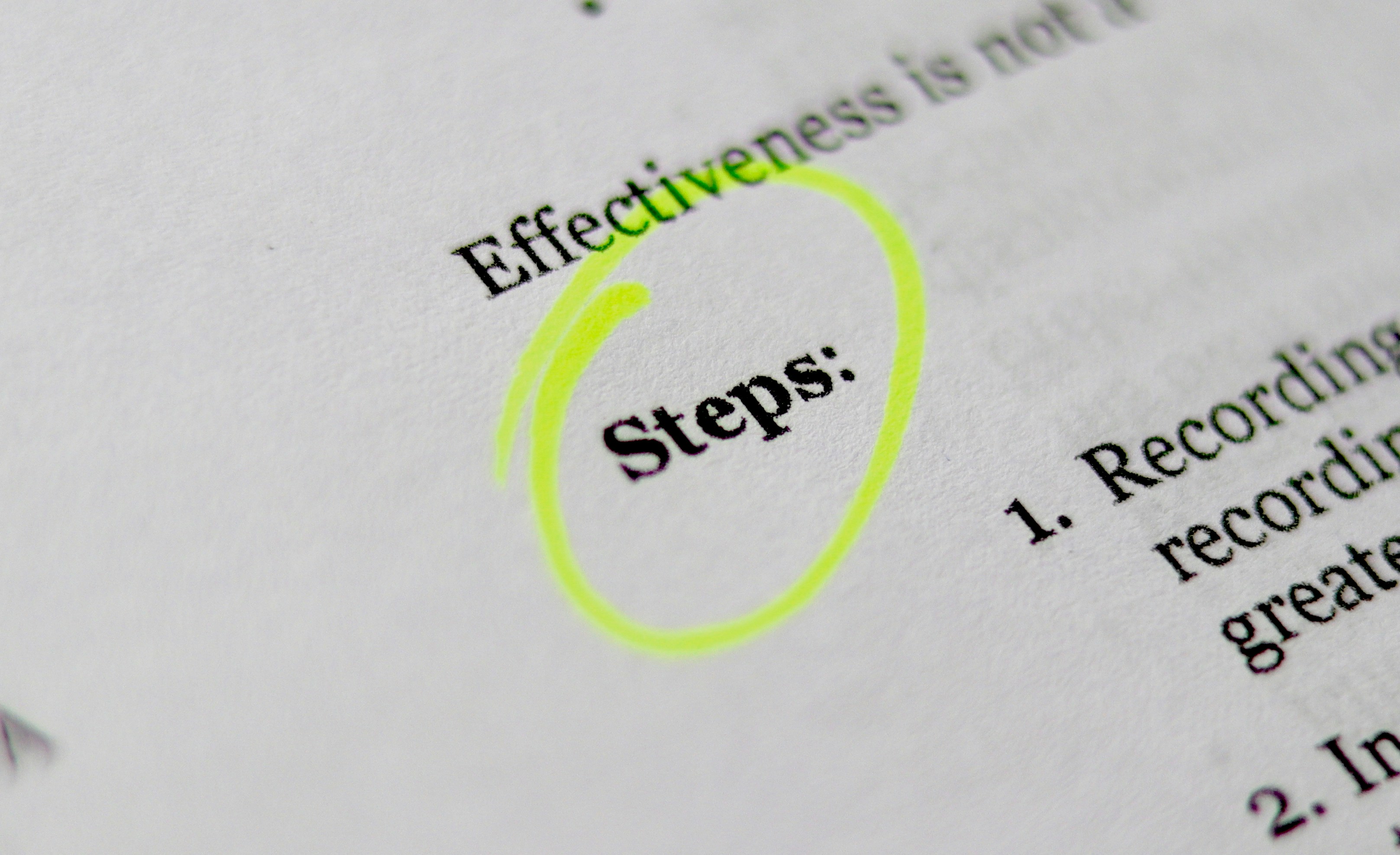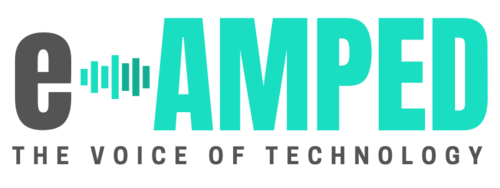Point to Point Integration, or P2P integration, is a quick fix that becomes more of a headache than a lightweight solution down the road. An infrastructure based on point to point integration easily becomes unmanageable and damages your IT budget and your business’s ability to meet business demands.
P2P integration builds up over time due to changes in business needs, leaving IT departments overextended by existing infrastructure problems. Fixing such a tangle of integrations requires a sizable IT budget to update single parts of the infrastructure lest the rest of the components fail.
The number of point-to-point connections required to integrate components increases as more systems are added. The more architecture components you are working with, the more exponential increase in complexity. You should always avoid single points of failure in any integration architecture. The integration components of P2P integration stand the potential to become a massive point of failure which leads to reliability issues.
The more single-purpose connectors you have, the better the chances your efforts to shore up your architecture will be ruined. P2P integration architecture is based on tightly coupled connections between components. Any time an infrastructure component needs replacing, every connector has to be refactored to be compatible with the new system.

A closer look at integrated solution architectures.
Applications typically live in data silos where they operate independently of each other and don’t share data. When your applications are integrated, they can work together seamlessly without the need for manual intervention. New integration technologies include an API-led approach combined with event-driven architectures that allow you to integrate applications regardless of deployment. Application integration applies to any combination of on-premises applications, edge devices, and online web services.
Businesses can benefit from application integration in a number of ways. It leads to automation of business processes, creates more engaging user experiences, increases business scalability, helps you transition to new technologies, and improves workflows. As more applications arise from different vendors, so do the approaches to integration. New integrated solutions are designed to coexist with legacy systems such as point-to-point application integration, iPaaS, and Enterprise Application Integration (EAI)/Enterprise Service Bus (ESB).

A closer look at Application Integration vs Data Integration.
Any business processes that span different applications need a way to move live data across applications in real-time, one event at a time. Anytime a new employee comes onboard, data will be collected in a human resources system that needs to be recognized in payroll, benefits, and other operational applications. Application integration software helps with this communication by acting as a middleware between systems.
Businesses of all sizes can benefit from new systems that simplify managing recruits and employees while tracking time and processing payroll. The right HR software solution can help talent managers and HR professionals efficiently and accurately handle HR tasks.
A Human Resource Information System (HRIS) provides your business with the core HR functions it needs to operate correctly. An HRIS is a database at the center of any business that connects employee data such as payroll, benefits, and attendance of each employee. A Human Resource Management System empowers your HR department by creating an efficient way to handle recruiting new hires, employee records, employee benefits, payroll solutions, and other HR services.
There is no one-size-fits-all approach to HR systems, meaning the right HRIS software is tailored to your business needs and goals. A complete HRIS is able to improve the hiring process through applicant tracking (ATS) while managing your entire employee base. It manages employee information according to best practices and features employee self-service to documents such as your employee handbook, company policies, PTO balances, and time-off requests. The right HRIS also features benefits administration software, integration with payroll software, performance reviews, and promotion plans, tracks workforce management, and monitors employee performance.

Application integration software communicates data between multiple online transaction processing (OLTP) applications, from one point to another, one application at a time. These actions happen in real-time as events occur using fixed schemas. Since fixed schemas don’t define everything the same way, data transformation happens from one application before it can be used again by another application.
Data integration connects data from different data sources into a centralized hub. Data integration replicates data for analytics and reporting and can be used to migrate and consolidate operational databases. Typically, data integration uses batch processing depending on the urgent need for updated data. Unlike application data schemas, data integration pipelines store raw data and transform it as needed for predictive analytics, machine learning, or business intelligence.
The data flow in data integration is linear, going one direction from data sources to an analytics repository. Data integration doesn’t require a knowledge of business processes like application integration does, but simply data sources, and a destination.
No matter the scope of your business’s integration project, having the right integration architecture in place is essential to your business processes.







